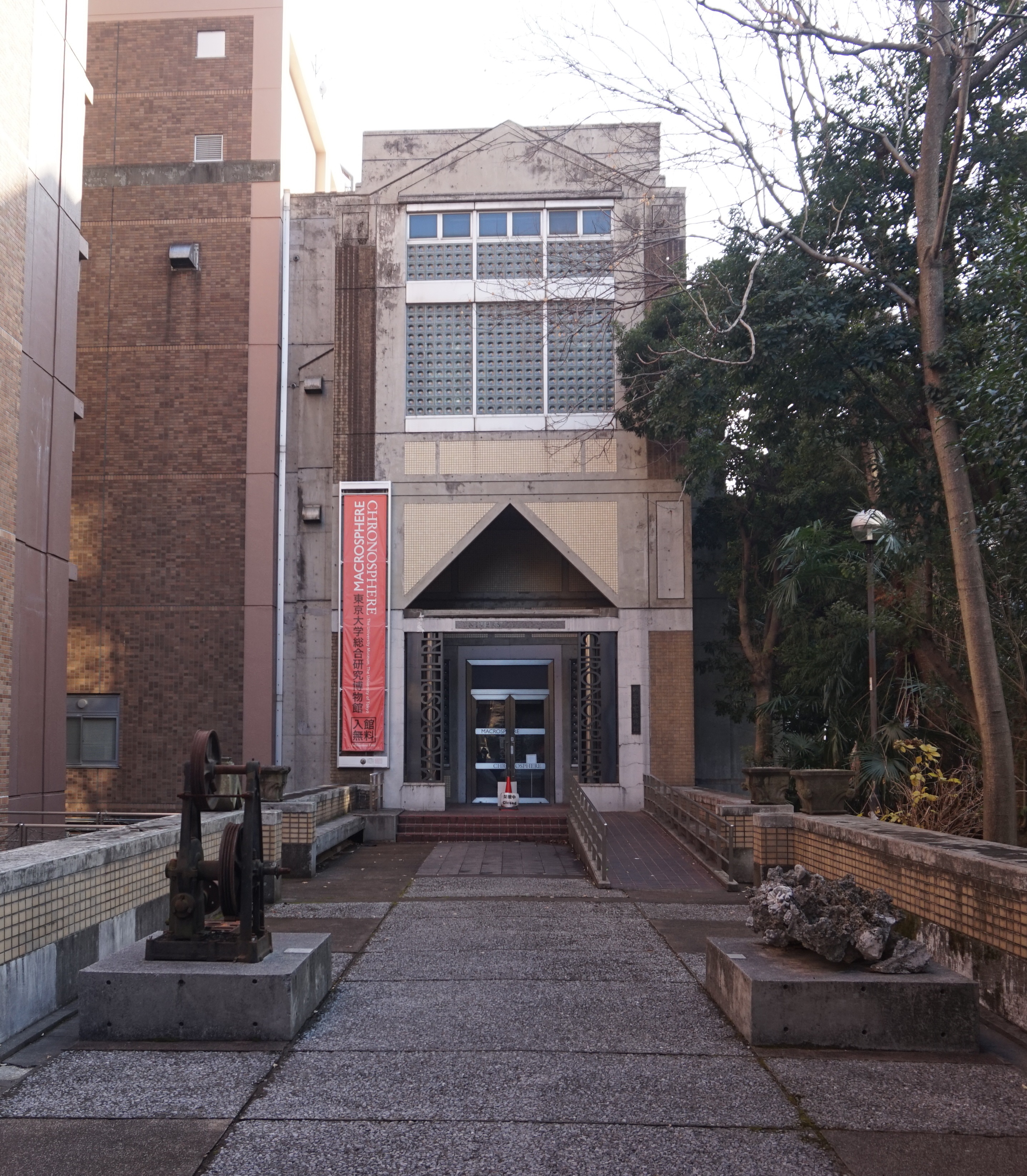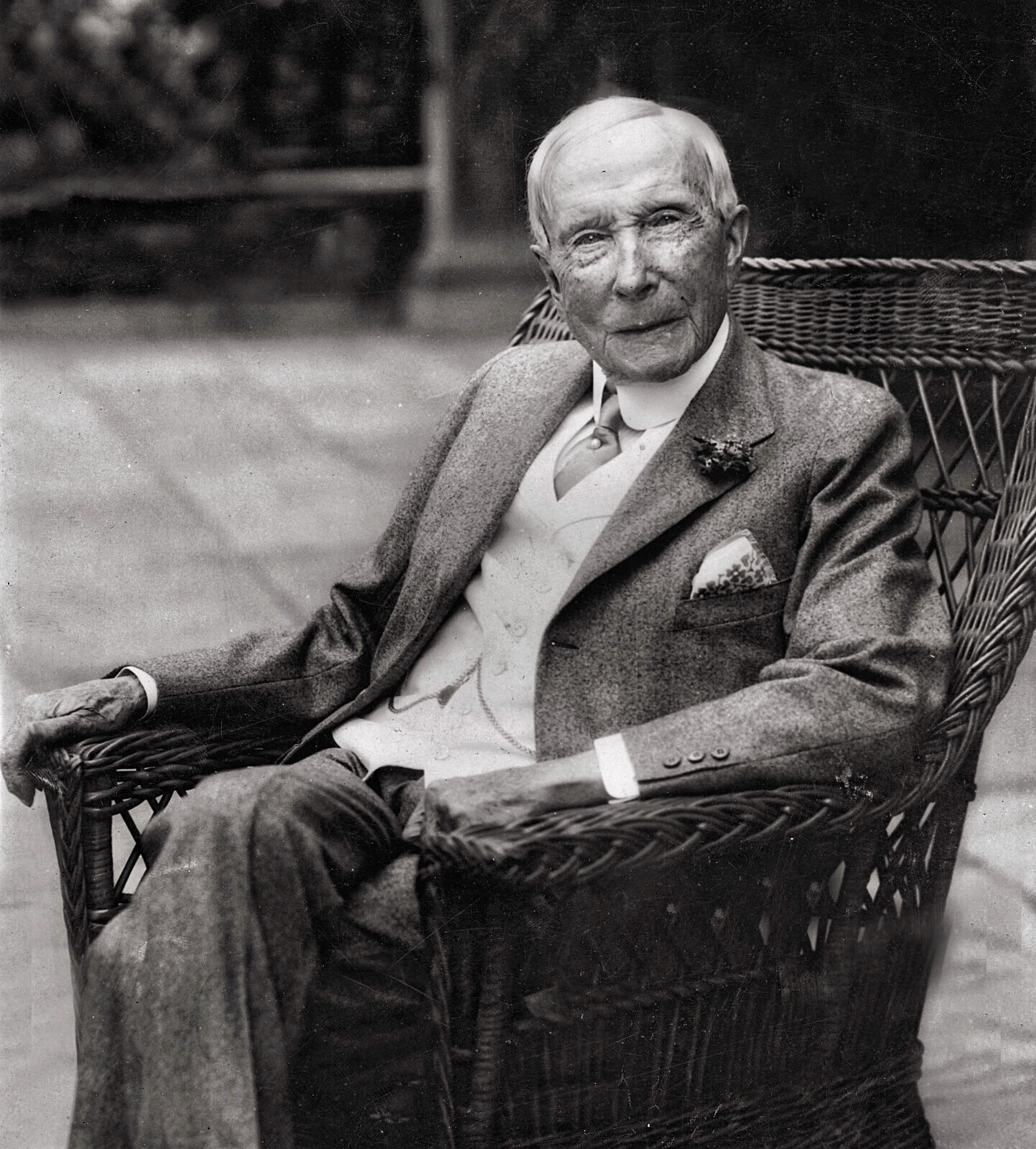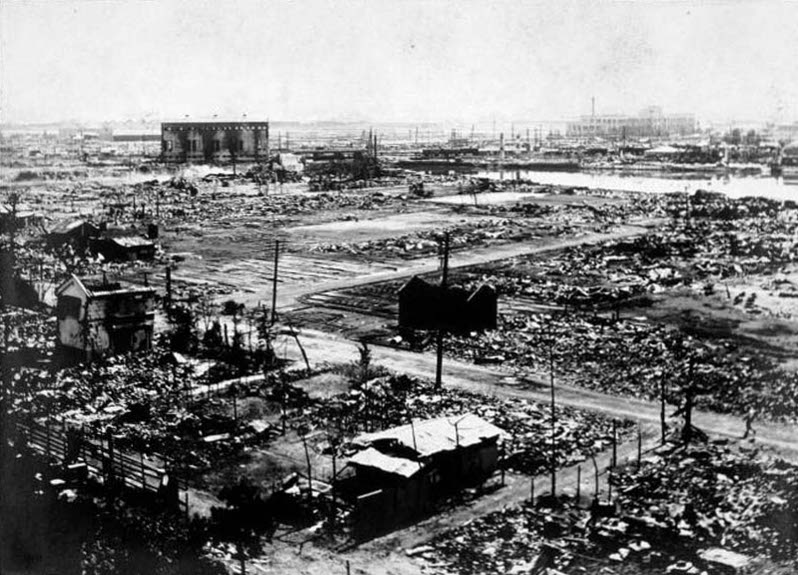|
Campus Of The University Of Tokyo
The campus of the University of Tokyo is the location of the first modern Japanese university. The campus is of historical note for two reasons. First, it was not damaged by air raids during World War II. Second, many university buildings have been declared National Treasures of Japan as they are examples of historic architectural design. This article focuses on registered cultural heritage. Hongo campus The Hongo campus has many historic buildings including Yasuda Auditorium, the first Tangible Cultural Properties of Japan, registered tangible cultural heritage property in Tokyo. Other examples of registered cultural heritage sites are the Main Gate, including the porter's lodge; buildings 1, 2 and 3 of the Faculty of Law & Letters; the building housing the Faculty of Engineering (Reppin-kan); and building 1 of the Faculty of Engineering. Many campus buildings were designed by Yoshikazu Uchida in the Gothic style known as ''Uchida Gothic''. One of the most notable examples of th ... [...More Info...] [...Related Items...] OR: [Wikipedia] [Google] [Baidu] |
University Of Tokyo
The University of Tokyo (, abbreviated as in Japanese and UTokyo in English) is a public research university in Bunkyō, Tokyo, Japan. Founded in 1877 as the nation's first modern university by the merger of several pre-westernisation era institutions, its direct precursors include the '' Tenmongata'', founded in 1684, and the Shōheizaka Institute. Although established under its current name, the university was renamed in 1886 and was further retitled to distinguish it from other Imperial Universities established later. It served under this name until the official dissolution of the Empire of Japan in 1947, when it reverted to its original name. Today, the university consists of 10 faculties, 15 graduate schools, and 11 affiliated research institutes. As of 2023, it has a total of 13,974 undergraduate students and 14,258 graduate students. The majority of the university's educational and research facilities are concentrated within its three main Tokyo campuses: Hongō, ... [...More Info...] [...Related Items...] OR: [Wikipedia] [Google] [Baidu] |
The University Museum, The University Of Tokyo
is a museum in Tokyo, Japan. Although there had been museums affiliated with the University of Tokyo since its establishment in 1877, UMUT was established in 1966 to maintain, organise, and exhibit the vast collection of the university. Today, UMUT works with preservation, research, and exhibitions for the general public. History The University Museum was established on April 1, 1966 under the name . In 1984 an extension of the main museum was built to house a dedicated exhibition space. On May 11, 1996 the museum was reorganized and got its current name. While the name in English remained the same, the new Japanese name reflected the ambition to work more on showing the collection to the public. The three last characters in both names could be translated as ''museum'', but the old name is perhaps better translated as ''archive''. In connection to the reorganization a new extension (2996 m2) to the main building was completed in 1995. In 2001 the old faculty of medicine building ... [...More Info...] [...Related Items...] OR: [Wikipedia] [Google] [Baidu] |
Bombing Of Tokyo
The was a series of air raids on Japan by the United States Army Air Forces (USAAF), primarily launched during the closing campaigns of the Pacific War, Pacific Theatre of World War II in 1944–1945, prior to the atomic bombings of Hiroshima and Nagasaki. The strikes conducted by the USAAF on the night of 9–10 March 1945, codenamed Bombing of Tokyo (10 March 1945), Operation Meetinghouse, constitute the single most destructive aerial bombing raid in human history. of central Tokyo was destroyed, leaving an estimated 100,000 civilians dead and over one million homeless. The United States Armed Forces, U.S. mounted the Doolittle Raid, a small-scale air raid on Tokyo by carrier-based long-range bombers, in April 1942. However, strategic bombing and urban area bombing of Japan only began at scale in 1944 after the long-range B-29 Superfortress bomber entered service. Superforts were first deployed from Republic of China (1912–1949), China and thereafter from the Mariana Isla ... [...More Info...] [...Related Items...] OR: [Wikipedia] [Google] [Baidu] |
Tokyo Prefecture
Tokyo, officially the Tokyo Metropolis, is the capital and most populous city in Japan. With a population of over 14 million in the city proper in 2023, it is one of the most populous urban areas in the world. The Greater Tokyo Area, which includes Tokyo and parts of six neighboring prefectures, is the most populous metropolitan area in the world, with 41 million residents . Lying at the head of Tokyo Bay, Tokyo is part of the Kantō region, on the central coast of Honshu, Japan's largest island. It is Japan's economic center and the seat of the Japanese government and the Emperor of Japan. The Tokyo Metropolitan Government administers Tokyo's central 23 special wards, which formerly made up Tokyo City; various commuter towns and suburbs in its western area; and two outlying island chains, the Tokyo Islands. Although most of the world recognizes Tokyo as a city, since 1943 its governing structure has been more akin to that of a prefecture, with an accompanying Governor and ... [...More Info...] [...Related Items...] OR: [Wikipedia] [Google] [Baidu] |
Rickshaw
Rickshaw originally denoted a pulled rickshaw, which is a two- or three-wheeled cart generally pulled by one person carrying one passenger. The first known use of the term was in 1879. Over time, cycle rickshaws (also known as pedicabs or trishaws), auto rickshaws, and electric rickshaws were invented, and have replaced the original pulled rickshaws, with a few exceptions for their use in tourism. Pulled rickshaws created a popular form of transportation, and a source of employment for male labourers, within Asian cities in the 19th century. Their appearance was related to newly acquired knowledge of ball-bearing systems. Their popularity declined as cars, trains and other forms of transportation became widely available. Auto rickshaws are becoming more popular in some cities in the 21st century as an alternative to taxis because of their low cost of hire. Bangladesh holds the record of hosting highest number of rickshaws in the world with 40,000 rickshaws operating in the ... [...More Info...] [...Related Items...] OR: [Wikipedia] [Google] [Baidu] |
Tokyo Metropolitan Government
The is the government of the Tokyo, Tokyo Metropolis. One of the 47 Prefectures of Japan, prefectures of Japan, the government consists of a popularly elected governor and assembly. The Tokyo Metropolitan Government Building, headquarters building is located in the ward of Shinjuku, Tokyo, Shinjuku. The metropolitan government administers the Special wards of Tokyo, special wards, cities, towns and villages that constitute part of the Tokyo Metropolis. With a population closing in on 14 million living within its boundaries, and many more commuting from neighbouring prefectures, the metropolitan government wields significant political power within Japan. Structure of Tokyo Metropolis Under Law of Japan, Japanese law, Tokyo is designated as a ''to'' (wiktionary:都, 都), translated as ''metropolis''. Within Tokyo Metropolis lie dozens of smaller entities, including Special wards of Tokyo, twenty-three special wards (特別wiktionary:区, 区 -ku) which until 1943 made up Tokyo ... [...More Info...] [...Related Items...] OR: [Wikipedia] [Google] [Baidu] |
Kunio Maekawa
was a Japanese architect and a key figure in Japanese postwar modernism. After early stints in the studios of Le Corbusier and Antonin Raymond, Maekawa began to articulate his architectural language after establishing his firm in 1935, maintaining a continuous tension between Japanese traditional design and European modernism throughout his career. Firmly insistent that both civic and vernacular architecture should be rendered through a modernist lens appropriate to the contemporary lifestyle of the Japanese people, Maekawa's early work and competition entries consistently pushed back against the dominant Imperial Crown Style. His postwar prefab housing projects borrowed from manufacturing strategies in the automotive industry to create houses that privileged light, ventilation, and openness against the feudal hierarchical principles perpetuated by the interior divisions found in traditional Japanese homes. He is particularly known for his designs of the Tokyo Bunka Kaikan a ... [...More Info...] [...Related Items...] OR: [Wikipedia] [Google] [Baidu] |
World War II
World War II or the Second World War (1 September 1939 – 2 September 1945) was a World war, global conflict between two coalitions: the Allies of World War II, Allies and the Axis powers. World War II by country, Nearly all of the world's countries participated, with many nations mobilising all resources in pursuit of total war. Tanks in World War II, Tanks and Air warfare of World War II, aircraft played major roles, enabling the strategic bombing of cities and delivery of the Atomic bombings of Hiroshima and Nagasaki, first and only nuclear weapons ever used in war. World War II is the List of wars by death toll, deadliest conflict in history, causing World War II casualties, the death of 70 to 85 million people, more than half of whom were civilians. Millions died in genocides, including the Holocaust, and by massacres, starvation, and disease. After the Allied victory, Allied-occupied Germany, Germany, Allied-occupied Austria, Austria, Occupation of Japan, Japan, a ... [...More Info...] [...Related Items...] OR: [Wikipedia] [Google] [Baidu] |
Rockefeller Foundation
The Rockefeller Foundation is an American private foundation and philanthropic medical research and arts funding organization based at 420 Fifth Avenue, New York City. The foundation was created by Standard Oil magnate John D. Rockefeller ("Senior") and son " Junior", and their primary business advisor, Frederick Taylor Gates, on May 14, 1913, when its charter was granted by New York. It is the second-oldest major philanthropic institution in America (after the Carnegie Corporation) and ranks as the 30th largest foundation globally by endowment, with assets of over $6.3 billion in 2022. The Rockefeller Foundation is legally independent from other Rockefeller entities, including the Rockefeller University and Rockefeller Center, and operates under the oversight of its own independent board of trustees, with its own resources and distinct mission. Since its inception, the foundation has donated billions of dollars to various causes, becoming the largest philanthropic enter ... [...More Info...] [...Related Items...] OR: [Wikipedia] [Google] [Baidu] |
1923 Great Kantō Earthquake
The 1923 Great Kantō earthquake (, or ) was a major earthquake that struck the Kantō Plain on the main Japanese island of Honshu at 11:58:32 JST (02:58:32 UTC) on Saturday, 1 September 1923. It had an approximate magnitude of 8.0 on the moment magnitude scale (Mw), with its epicenter located southwest of the capital Tokyo. The earthquake devastated Tokyo, the port city of Yokohama, and surrounding prefectures of Kanagawa, Chiba, and Shizuoka, and caused widespread damage throughout the Kantō region. Fires, exacerbated by strong winds from a nearby typhoon, spread rapidly through the densely populated urban areas, accounting for the majority of the devastation and casualties. The death toll is estimated to have been between 105,000 and 142,000 people, including tens of thousands who went missing and were presumed dead. Over half of Tokyo and nearly all of Yokohama were destroyed, leaving approximately 2.5 million people homeless. The disaster triggered widespread social ... [...More Info...] [...Related Items...] OR: [Wikipedia] [Google] [Baidu] |
Hideto Kishida
Hideto Kishida (6 February 1899 – 3 May 1966) was a Japanese architect. His work was part of the architecture event in the art competition at the 1936 Summer Olympics. Life Kishida was born in Tottori into a samurai family in 1899. After graduating from the Department of Architecture, which is part of the Faculty of Engineering at the University of Tokyo, he continued his tenure there as a lecturer. Kishida obtained a doctorate of engineering in 1929 from this institution and later became a professor there. Among his notable designs over this period are Yasuda Auditorium and Faculty of Science Building No. 1 (now since demolished), both located on the Hongo Campus of the university. With his supervisor Yoshikazu Uchida, he worked on the reconstruction of the university after the devastating damage from the Great Kanto Earthquake. His teachings had a great influence on pioneers in the field of architecture, including Kenzo Tange, Kunio Maekawa, Michizo Tachihara, R ... [...More Info...] [...Related Items...] OR: [Wikipedia] [Google] [Baidu] |








